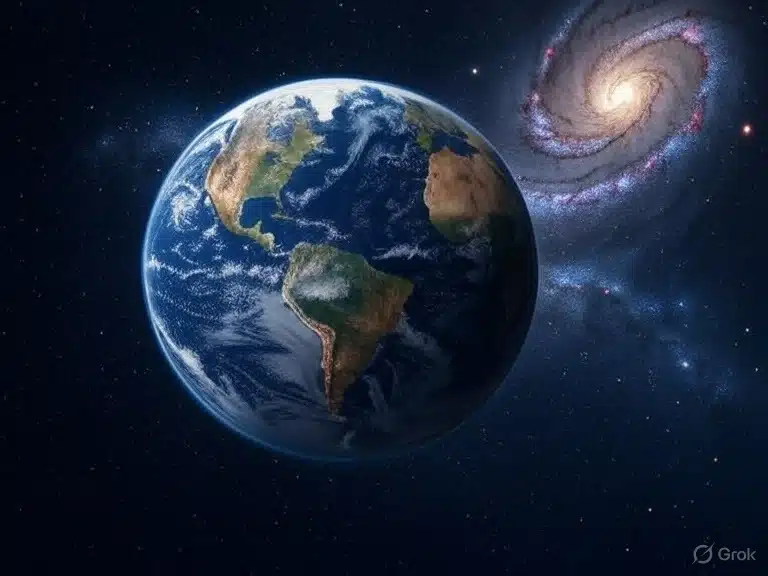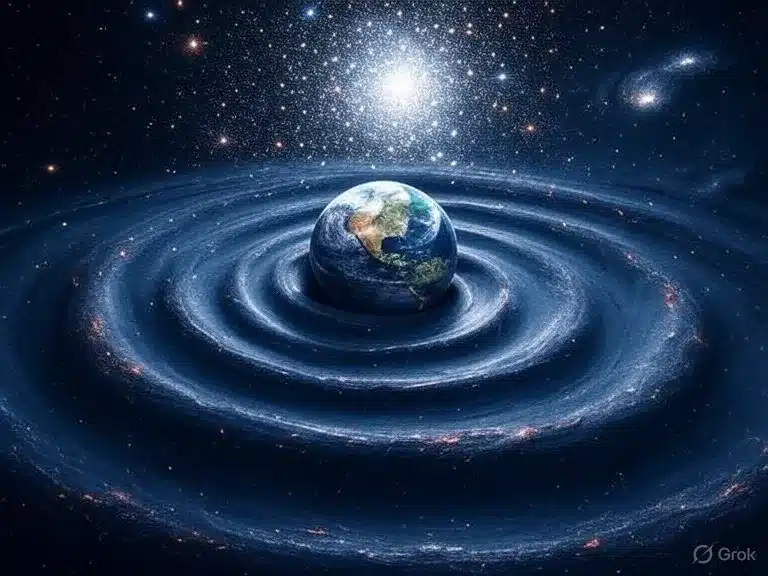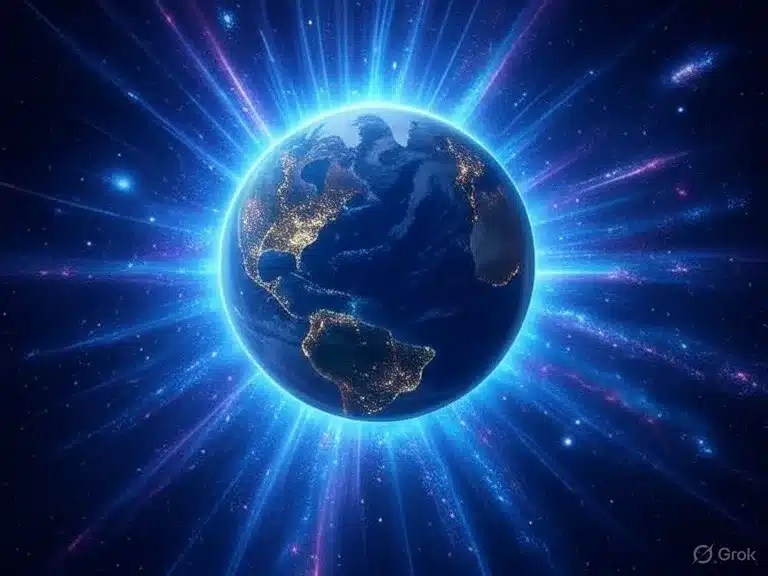The universe is unimaginably vast, with billions of galaxies scattered across cosmic space. Each galaxy contains billions of stars, planets, and exotic phenomena. But have you ever wondered what would happen if Earth somehow drifted out of the Milky Way and into another galaxy? While this may seem like science fiction, imagining such a scenario reveals how delicate our planet’s survival truly is. From cosmic radiation to gravitational chaos, the consequences could be catastrophic—or oddly fascinating.
Introduction: The Cosmic Voyage
Earth’s position in the Milky Way is remarkably stable. Our solar system orbits the galaxy’s center at roughly 828,000 km/h, completing a full rotation every 225–250 million years. This precise orbit ensures a relatively safe environment, far from the dangerous regions of the galaxy, such as dense star clusters or supermassive black holes.
But what if, hypothetically, Earth drifted into a completely different galaxy? The change wouldn’t just be a matter of scenery—it would dramatically alter everything from gravitational forces to cosmic radiation exposure.

The Gravitational Consequences
Galaxies are gravitationally complex systems. Our solar system is delicately balanced by the Milky Way’s gravitational pull, which keeps planets orbiting the Sun in stable patterns.
If Earth drifted into another galaxy, it could face:
- Unstable Solar Orbit: Different gravitational forces could slightly alter the Sun’s path, impacting Earth’s orbit.
- Planetary Collisions: Nearby stars in the new galaxy might exert unexpected forces, slightly nudging planets or even ejecting smaller ones like Mercury from the solar system.
- Tidal Forces: A close encounter with dense star clusters or supermassive black holes could produce tidal distortions on Earth, affecting tectonics, ocean tides, and the planet’s shape.
Even a minor gravitational imbalance could trigger massive climate shifts, storms, or geological upheavals.

Cosmic Radiation Exposure
One of the most dangerous consequences of drifting into another galaxy would be exposure to different levels of cosmic radiation.
- Earth’s location in the Milky Way provides a protective buffer against high-energy cosmic rays from nearby supernovae and gamma-ray bursts.
- In a new galaxy, especially near an active star-forming region or a quasar, radiation levels could be orders of magnitude higher.
- This increased radiation could damage the atmosphere, increase mutation rates, and trigger mass extinctions.
Even small increases in radiation could render large parts of the planet uninhabitable over thousands of years.

Effects on the Night Sky and Seasons
Drifting into a different galaxy would radically change our night sky. Stars and constellations would vanish, replaced by unfamiliar stellar patterns and bright galactic cores.
- Astronomical Navigation: Ancient and modern navigation methods would fail.
- Seasons and Climate: If Earth’s orbit or tilt changes slightly due to new gravitational forces, seasons could become irregular, with prolonged winters or summers.
- Auroras and Magnetosphere: Cosmic rays interacting with Earth’s magnetic field could create spectacular auroras or even destabilize the magnetosphere temporarily.
The familiar Milky Way would become just a distant spiral in the sky, replaced by new and unfamiliar celestial wonders.

Potential Threats from New Stellar Neighbors
Entering a new galaxy exposes Earth to unpredictable stellar phenomena:
- Nearby Supernovae: A close supernova could sterilize parts of the planet.
- Rogue Planets: Free-floating planets from other systems might collide with the solar system.
- Black Holes: Passing near a supermassive black hole could disrupt Earth’s orbit, cause extreme tidal forces, or eject Earth into intergalactic space.
Even if our Sun remains stable, the new galaxy’s environment introduces dangers that our solar system has never faced.

Could Life Survive?
Life on Earth depends on stable conditions—temperature, atmosphere, and sunlight. A galaxy shift could jeopardize all three:
- Temperature Extremes: Orbital changes might push Earth too close or too far from the Sun.
- Atmospheric Damage: Increased radiation could strip protective layers or trigger chemical changes.
- Magnetosphere Stress: Cosmic rays could weaken Earth’s magnetic shield, leaving life vulnerable.
Even humans with advanced technology would need to adapt quickly, possibly relying on underground habitats, climate-controlled domes, or interstellar evacuation plans.

Scientific Significance of This Scenario
While purely hypothetical, considering Earth’s drift into another galaxy helps scientists:
- Understand gravitational interactions at a galactic scale.
- Model habitability in extreme environments.
- Study radiation effects on atmospheres and biological systems.
It also sparks imagination—exploring a scenario that challenges everything we know about stability, life, and our cosmic neighborhood.
Conclusion
If Earth drifted into a different galaxy, it would face a host of catastrophic and fascinating changes: gravitational chaos, increased cosmic radiation, unfamiliar stars, and threats from new stellar neighbors. While such an event is virtually impossible in the near term, imagining it reminds us of how delicate life on Earth truly is and how the universe is filled with unpredictable “what ifs.”

